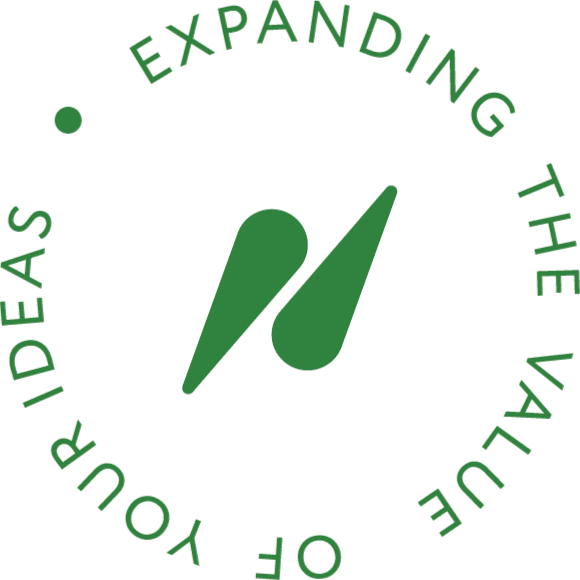The Eurasian Patent Organization will be raising the fees for several services starting from February 1, 2025.
This adjustment is due to inflationary trends and exchange rate fluctuations, affecting fees for Eurasian applications and patents for inventions, such as:
– filing applications,
– conducting examination,
– making additions and amendments to documents,
– filing oppositions,
– extending missed deadlines, restoring rights, etc.
Some fees will experience a significant increase. In particular, the single procedural fee and the basic fee for a substantive examination of the application will be raised to 60,000 RUB (approximately 584 USD) from the previous 50,000 RUB (approximately 486 USD).
The issuance fee will amount to 40,000 RUB (approximately 389 USD) compared to the previous 30,000 RUB (approximately 292 USD).
An additional fee for late payment of the fee for the issuance of a Eurasian patent will be raised to 10,000 RUB (approximately 97 USD) from the previous 5,000 RUB (approximately 48 USD).
For making corrections and amendments to a Eurasian patent, a fee of 10,000 RUB (approximately 97 USD) shall be paid from the previous 5,000 RUB (approximately 48 USD).
For filing an opposition to a decision of the Eurasian Patent Office, a fee of 50,000 RUB (approximately 486 USD) shall be paid from the previous 30,000 RUB (approximately 292 USD).
For filing an opposition based on administrative revocation of a Eurasian patent, a fee of 70,000 RUB (approximately 681 USD) shall be paid from the previous 60,000 RUB (approximately 584 USD).
Please feel free to contact us for further clarification at info@patentica.com.
